Back
5 Ways to Participate in Climate Week In-Person or At Home
09/18/2024 | Written by Kristen Boye
Sustainability

As a leader in sustainability, green innovation, and regenerative agriculture, Organic India is excited to share the details of Climate Week NYC 2024 and how you can participate in person or at home.
This annual event is the largest climate event of its kind and takes place in New York City with options for in-person, online, or hybrid attendance.
Those attending in person can choose from over 400 events and activities across the Big Apple.
Here, we share how to access the Climate Week events and practical and actionable ways to support a healthy climate every day.
What is Climate Week 2024?
Climate Week 2024 is an annual event hosted by Climate Group in New York City that brings together the most senior and influential global climate change-makers of all ages and backgrounds to drive change, discuss solutions, and champion progress.
The event is hosted by Climate Group, an international non-profit dedicated to driving climate action fast. It is in partnership with the United Nations General Assembly and coordinated with the United Nations and the City of New York.
The event includes over 400 talks, workshops, breakout sessions, round tables, and other activities spread out across New York City. Some of these events are available online via Livestream on HubLive for everyone to see.
As those who have attended will tell you, although Climate Week includes serious discussions about big problems, it has taken on a festival vibe in recent years, with more of a focus on solutions and inspiration than doom and gloom (and we could all use a little of that!).
The New York Times even called it “Burning Man For Climate Geeks,” which speaks to its evolution to adopt a more light-hearted, solutions-driven, and artistic vibe.
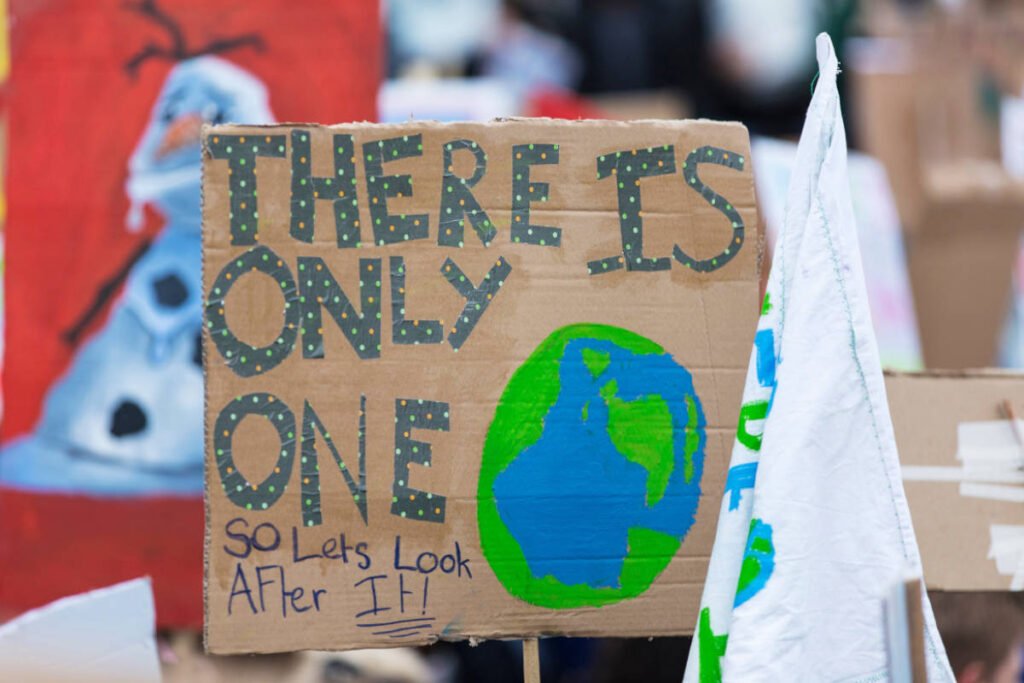
When did Climate Week start?
Climate Week began in 2009 as a complement to the annual UN General Assembly meeting in New York.
The purpose then was to provide a space for discussion on Climate Change before the United Nations Framework Convention on Climate Change (UNFCCC) Conference (the main event related to Climate Change solutions) later in the year.
Since then, Climate Week has expanded to become a more accessible event open to anyone interested in climate action, awareness, and solutions.
What is the goal of Climate Week?
The goal of Climate Week NYC is to gather climate activists, change-makers, and people who care to make Climate issues front and center while driving transition, speeding up progress, and championing change that is already happening.
Unlike more formal and exclusive Climate events, such as the Climate Conference of the Parties to the United Nations Framework Convention on Climate Change or COP, Climate Week is designed to be accessible to everyone and anyone.
Climate Week also serves as an early kick-off event for the COP, the event that takes place in November where climate solutions are discussed and implemented.
When is Climate Week 2024?
Climate Week NYC 2024 is being held from September 22-29, 2024.
5 Ways to Participate in Climate Week
If you can attend Climate Week in New York City in person, you’ll find ample inspiration at over 400 events about ways to help reduce emissions and drive positive change at home, in your community, and internationally.
You can also attend select keynote events online via Livestream on HubLive
In addition, we offer these five ways to participate in Climate Week during the event and as part of an eco-conscious lifestyle.
Please note that these five ideas represent a fraction of what each individual, family, business owner, community leader, etc., can do to help protect the earth.
This list is inspired by our life’s work at Organic India (organic regenerative agriculture and eco-conscious business practices that uplift communities) and practical ways anyone can make a tangible difference to our planet.
1. Support Companies That Fight Climate Change
In an age of intense consumerism coupled with rampant greenwashing, it can be difficult to discern which companies are actually fighting climate change more than they’re contributing to it.
Sadly, in many cases, buying up carbon credits, using terms like “eco-friendly”, or even using organic or recycled ingredients or materials doesn’t necessarily cancel out a company’s more harmful or questionable environmental practices.
So, how can you tell if you’re supporting a company that is truly making a difference?
Start by asking the following questions:
- What are their facilities like? Are they LEED-certified at the Bronze, Gold, or Platinum levels, or are they working towards it?
- Are they a Certified B Corporation or working towards it?
- How do they source their materials and ingredients? Are they using materials that are Fair Trade (Foods, beverages, supplements, and other materials), Cruelty-Free (foods, household products, beverages, supplements, and other materials), Organic/Regenerative (foods, beverages, supplements, textiles), Non-GMO (foods, beverages, supplements, household products, textiles), FSC-certified (forest products, building materials), OEKO-TEX-certified (fabrics and textiles), for example?
- How does the company contribute to conservation efforts in their community and/or globally?
- How are they offsetting their carbon footprint and managing waste? What is their packaging like? What are they doing to offset shipping pollution?
- Are they using recyclable or compostable materials?
- How do they treat their employees?
These questions offer clues to help you discern which companies are serious about implementing climate solutions rather than just talking about them.
At Organic India, for example, we are dedicated to growing and sourcing herbs grown using Certified Organic Regenerative Agriculture practices that sequester carbon, protect ecosystems, support local communities, conserve water, reduce waste, eliminate synthetic pesticide use, do not use GMOs, and protect the rights of farm workers and the sovereignty of farmers.
We’re also proud of our LEED Platinum facility (the first in India!) and use recyclable materials in all our vegan herbal products.
Yes, this costs us more, but environmental stewardship has always been at the core of our company ethos, and we will always strive to honor and expand that.
To learn more, check out our Impact Report.

2. Plant a Regenerative Garden
Regenerative agriculture is creating a lot of buzz because it’s one of the most effective and practical ways to sequester carbon, reduce pesticide/herbicide use, and feed the planet!
You can learn more about it in: What Is Regenerative Agriculture?
So, how does this translate to the individual or family who wants to make a difference?
If you live in a home with a yard or have access to a garden space, you can be a part of this movement by growing your own regenerative garden!
Regenerative ag practices, such as using compost and cover crops to build soil health, sequester carbon, grow healthier more robust plants, avoid pesticide/herbicide use, and create food security are easy to master and accessible to anyone with a plot of dirt.
Even if you live in an apartment in the middle of a sprawling metropolis, you can implement these planet- and life-saving practices by starting your own garden or volunteering at a local community garden, farm, and/or by buying regenerative agriculture foods and supplements and supporting local farms.
Learn all about it in A Guide To Regenerative Gardening At Home and start planning your 2025 regenerative garden during Climate Week.

3. Get an Energy Assessment
With cooler temperatures coming, now is the time to get a home energy audit.
Many power companies offer these for free, or you can hire a local student or expert.
The benefits are that you’ll identify areas where you can shore up your energy losses, saving you money while helping the planet.
Auditors can also help you assess whether switching to alternative energy sources, such as solar, makes sense based on your home’s expenditures, your budget, and goals.

4. Focus On Composting
Although we support recycling, reducing, and reusing waste, we believe composting is one of the most underutilized waste management systems.
Composting is also central to regenerative agriculture on a global and community scale.
Composting may sound intimidating and even a little gross (we get it!). Fortunately, it doesn’t have to be.
If you have space in your yard, you can start a compost pile by adding a ratio of 1-part green material (plant-based food scraps, fresh grass or plants, etc.) to 25-30 parts brown material (leaves, dead flowers, branches, wood ash, wood chips, sawdust, etc.).
This ratio is optimal for high-quality compost that won’t smell awful or attract a bunch of pests.
Note: You can compost other waste materials, such as animal-based products, paper products, manure, etc., but this gets more complicated and can result in ground pollution if not managed properly.
If you don’t have a yard, we recommend checking out some of the new (and sleek) countertop composting systems. These systems do all the work for you without the ick factor.
You can then use that compost on your plants or donate it to a local farm.
Related reading: Best Soil Building Processes to Protect The Planet
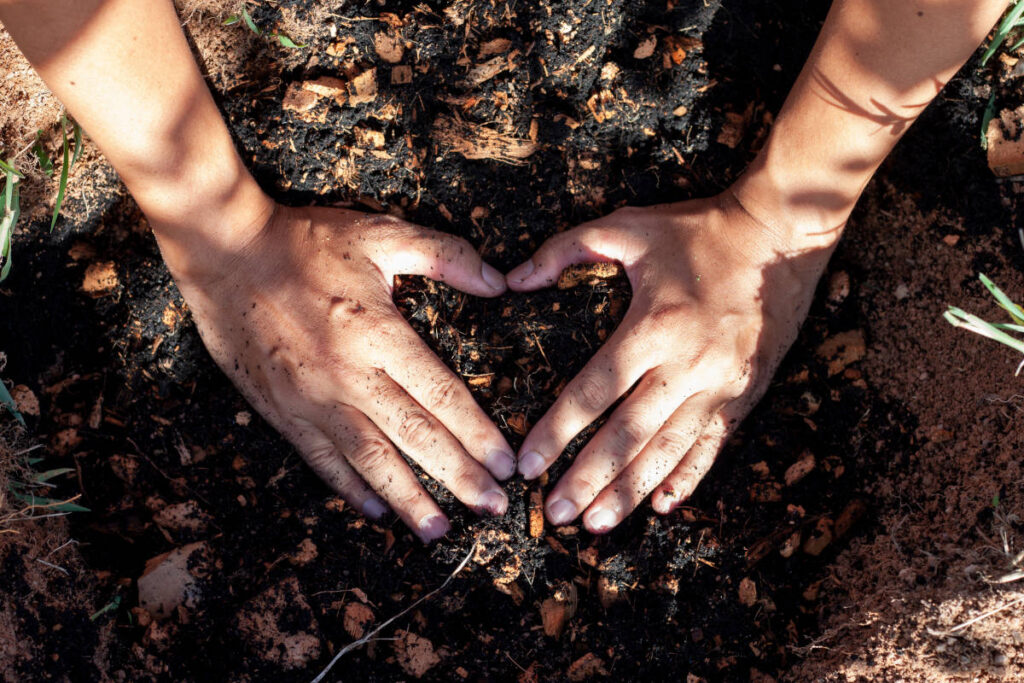
5. Rethink What You Put Down the Drain
Pollution from household products that get washed down our drains, such as chemical cleaning products, laundry soap, and personal care products, has become a substantial environmental burden and threat to human health.
For example, certain synthetic surfactants, such as linear alkylbenzene sulfonates (LAS), which are used to make detergents and give products their signature foam, are poisoning aquatic systems by starving them of oxygen and creating algal blooms.
Many household products also contain microplastics, EPA-registered pesticides (think bleach and other disinfectants), and PFAS (aka forever chemicals), which are creating a significant burden on human, wildlife, and environmental health.
These are just a few examples of thousands of chemicals used in everyday products that are contributing to ecocide and human health perils.
Fortunately, we can change this by voting with our dollars!
Sites and apps like The Environmental Working Group and ThinkDirty make this easy with their human and environmental safety rating systems for cleaning and personal care products.
Try plugging in some of your favorite brands on these apps during Climate Week to see how they rate.
If they’re not as clean as you thought, consider switching to a more natural and less toxic brand.

Final Thoughts on Climate Week and How We Can Come Together
We would be remiss if we didn’t acknowledge how divisive the climate conversation has become.
As a company that has been championing regenerative organic agriculture and green business practices for decades (long before it became mainstream), we maintain our commitment to this critical issue.
As many a wise person has observed, the division surrounding environmental issues is indicative of how separate we have become from each other, our source, the Earth, our communities, and even our own bodies and consciousness.
However, no matter what you believe about the climate, surely, we can all agree that no one wants to live their lives worrying about forever chemicals, heavy metals, or microplastics in our food, air, and water.
We all want a safer and healthier planet and environment for ourselves and future generations. But this requires some awakening, hope, and action from everyone — individuals, families, communities, corporations, and governments.
We hope this article has inspired you with some practical ways to nurture our planet during Climate Week and every week as we strive to raise and reunite our collective consciousness to take collective action for the healing and betterment of all.
Namaste.


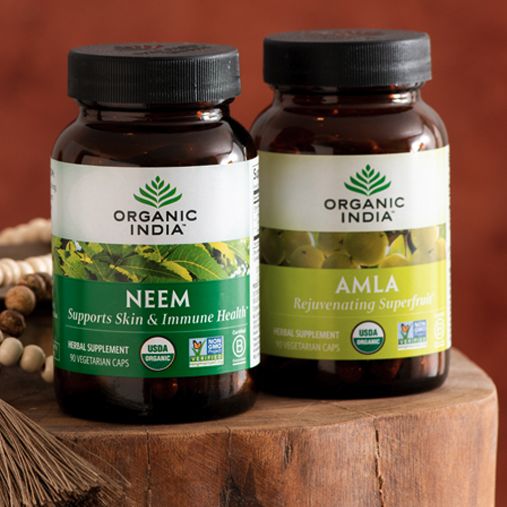
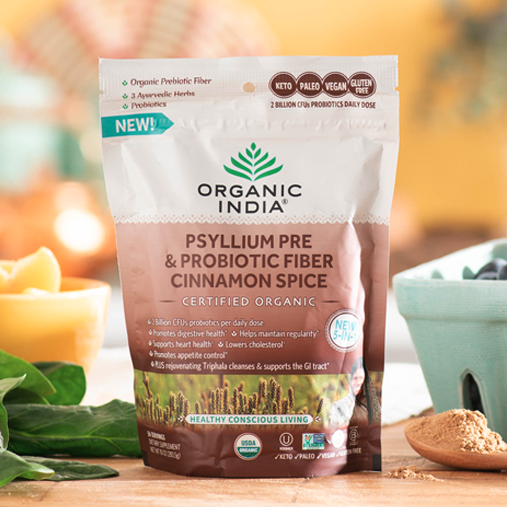

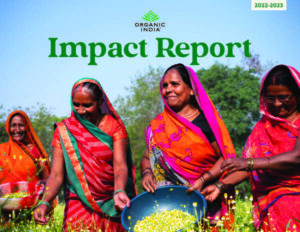
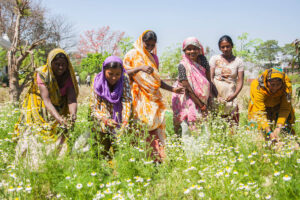


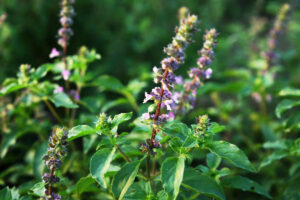
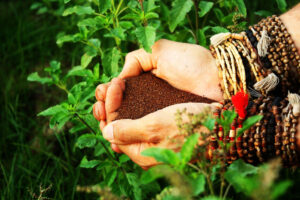




 Kristen Boye is a freelance natural health and green living writer, copywriter, and editor. Kristen was raised on an organic farm in British Columbia which inspired her life’s work. She holds a Bachelor’s Degree in Natural Health, is a Certified Natural Foods Chef, a medicinal herb farmer, natural foods advocate, and is obsessed with writing, homesteading, researching, regenerative agriculture, and words in general. Kristen lives with her husband and two children on their medicinal herb farm in Western North Carolina.
Kristen Boye is a freelance natural health and green living writer, copywriter, and editor. Kristen was raised on an organic farm in British Columbia which inspired her life’s work. She holds a Bachelor’s Degree in Natural Health, is a Certified Natural Foods Chef, a medicinal herb farmer, natural foods advocate, and is obsessed with writing, homesteading, researching, regenerative agriculture, and words in general. Kristen lives with her husband and two children on their medicinal herb farm in Western North Carolina.